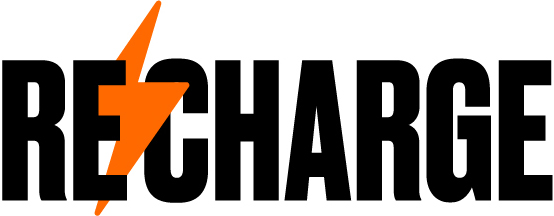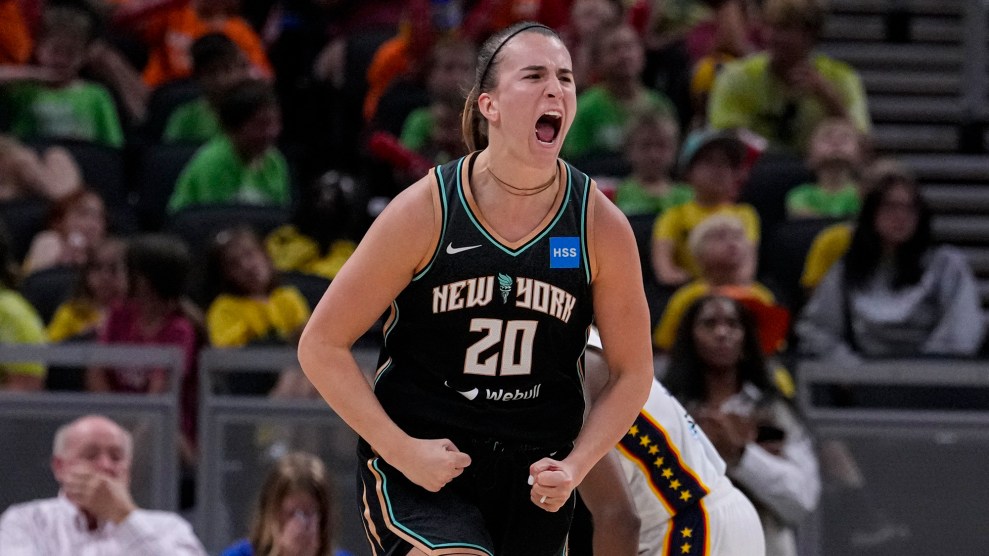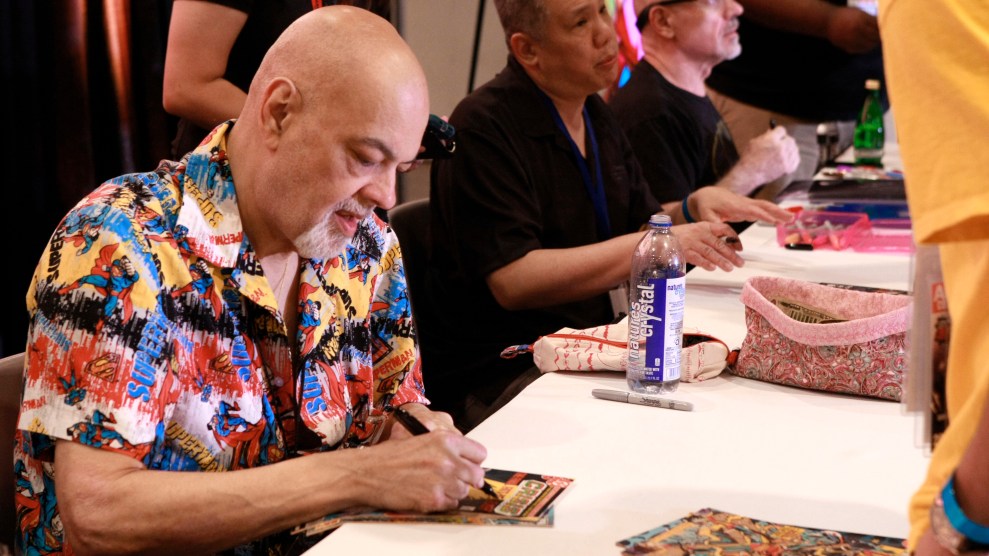This string of days in late May includes the birthdays of two of the greatest musicians of their times: Bob Dylan (born Robert Zimmerman on May 24, 1941) and Sun Ra (arriving from Saturn, he says, on May 22, 1914).
Both are pseudo-gods, with excellent hagiographies worth indulging in. No Direction Home, Martin Scorsese’s documentary on Dylan, is on Netflix; Sun Ra: A Joyful Noise is on iTunes and surprisingly easy to piece together from YouTube clips. Sun Ra has passed. Bob Dylan has not. In fact, we’re blessed to know, as our own Abigail Weinberg wrote when Dylan started releasing his newest project—which began with a nearly 17-minute song about John F. Kennedy’s assassination—that Bob Dylan is not dead yet.
I took a long bike ride over the weekend, digging into Dylan’s late-career, often bemoaned, material. (“Wiggle Wiggle” is still awful, I’m sorry to report, but don’t sleep on “Mississippi,” or, dare I say it, “Froggie Went a-Courtin’,” and I’m fully onboard that the gospel phase from Dylan was actually rad as hell.) After the ride, I sat around after and tried to find a “bad” Sun Ra album. No dice. But I would recommend the sneaky beauty of Solo Keyboards, Minnesota 1978; in particular, “Sometimes I Feel Like a Motherless Child (Crumar synth).”
Both Sun Ra and Dylan felt frenetic enough to have potentially collaborated. So, the astute researcher I am, I googled “Bob Dylan Sun Ra.” A name popped up: Tom Wilson.
The record producer who shepherded Dylan’s work had also worked on Sun Ra’s debut album. News to me, making me fully not the music nerd, I hope. I knew Wilson vaguely but was sort of astounded he isn’t more widely known. Other credits for him? Oh, nothing big, just the Velvet Underground’s White Light, White Heat, the Mother of Invention’s Freak Out!, and Simon and Garfunkel’s Wednesday Morning, 3 A.M. Wilson also produced one of my favorite gems of that era, the psych-pop work of Harumi.
Catch the Sun Ra Arkestra’s Songs of Justice performance in limited viewing here—final chance is 11:59 p.m. ET Tuesday.
This post has been edited since appearing in the newsletter to reflect the musicians’ and producer’s birth dates.













